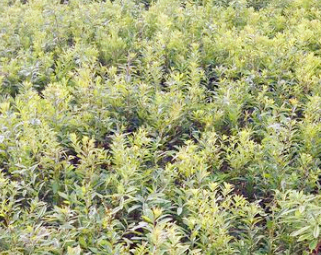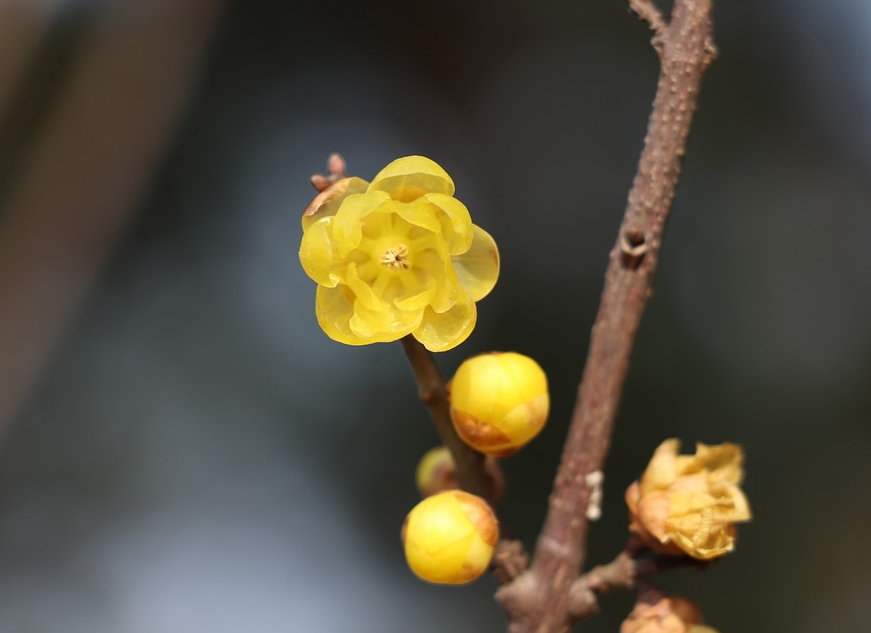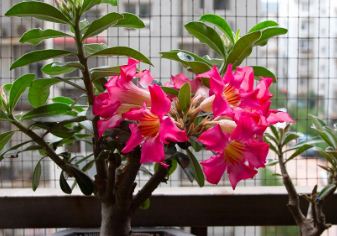Introduction to the high-yield planting method of "specialty fruit" red bayberry!
Red bayberry, also known as tree plum, is one of the special fruits in China. Because of its unique taste, high edible and medicinal value and wide application, it is liked by many people because of its good planting prospects, but the yield of red bayberry planted by many growers is not high. Then the editor will introduce you the high-yield planting methods of red bayberry:
I. selection of sites and seedlings
Red bayberry is not very strict on the plot, but it is suitable for the hillside land close to the water source and the deep and fertile slightly acidic soil. In addition, in order to increase the yield of red bayberry, it is necessary to choose seedlings with high survival rate and vitality before planting red bayberry. Specific methods can carefully observe whether the roots and leaves of red bayberry are exuberant or not. If the roots and branches and leaves grow luxuriantly and the color is green, and the water is full, the survival rate is higher. Secondly, in order to reduce the consumption of nutrients, we need to cut off the excess branches and leaves on the seedlings, which can also improve the survival rate to a certain extent.

Second, reasonable close planting
After selecting a good variety of saplings, the planting time is generally from February to March in spring, when the temperature is more suitable for the growth of young trees, which is beneficial to improve the survival rate of planting and thus increase the yield. it is better to control the planting hole at 1m * deep 80cm when planting, and farm manure and nitrogen fertilizer are added to the hole as base fertilizer, and the planting density also affects the survival rate to a great extent. Because red bayberry needs light to maintain its growth all the year round, the density should not be too high. For the permeability of each plant, 25-30 plants per mu should be planted with a row interval of 4-5m and a distance of 3-4m between plants. at the same time, in order to maintain the normal density, pruning treatment should be carried out and sufficient base fertilizer should be applied.
III. Fertilizer and water management
In order to enable red bayberry to grow rapidly and increase its yield, fertilizer and water management is a key step. In addition to applying sufficient base fertilizer, topdressing should be carried out according to the growth stage in order to promote the growth of seedlings. Generally, topdressing fertilizer is mainly composed of plant ash and soil mixed fertilizer plus appropriate amount of chemical fertilizer and organic fertilizer, topdressing fertilizer 2-3 times a year, especially potash fertilizer during the fruit period. In addition, the root system of Myrica rubra will fill the planting hole after planting 3-4 months. At this time, the surrounding soil needs to be deeply turned to loosen the soil in order to facilitate the root growth. Secondly, the red bayberry is not tolerant to drought and has a large demand for water, so it can keep the soil moist and adjust the soil properly. It is better to maintain the humidity of about 60% and 70% in the growth period, and the best humidity in the result period is about 40% and 50%, which can not only promote the growth of bayberry. It can also smoothly enter the fruiting period and ensure the yield and quality of bayberry.
IV. Shaping and pruning
During the growth period, red bayberry needs to be shaped and pruned in order to promote its multi-branching to form a crown to increase its yield. specifically, the top tip of the trunk can be cut off to promote its germination after the seedlings are planted and survived. after germination, in order to concentrate nutrients, all the following buds can be erased and only part of the buds can be left on, and 2-3 strong main branches can be left to continue branching and cut off the rest of the branches in the second year. This is conducive to the rapid formation of a round crown, in addition, to avoid excessive consumption of nutrients during pruning, it is also necessary to cut off all the disease and insect branches, weak branches, long branches and dense branches to avoid detrimental to the growth of the main branches.
Summary: the above is about the introduction of high-yield bayberry planting methods, hoping to help friends in need!
Time: 2019-03-13 Click:
- Prev

How much is the price of preserved plum seeds per jin? The introduction of planting management method is attached!
Lamei, also known as Chimonanthus and Chimonanthus, is a deciduous bushy shrub of the genus Chimonanthus of the Prunus family. It is a traditional and precious ornamental flower and tree produced in China. The flowers are fragrant and beautiful, suitable for planting in the courtyard, and suitable for ancient pile bonsai and flower arrangement and plastic arts. So how much is the seed price of Lamei? An introduction to the methods of planting management
- Next

Is the indomitable desert rose poisonous? What is the method of potted culture?
Many people mistakenly think that desert roses are roses growing in the desert, but they are not. They just grow near the desert and blossom as brightly as roses. Desert rose symbolizes tenacious vitality and is loved by many friends. Not only that, but as a flowering plant, it has a very long flowering period.
Related
- Fuxing push coffee new agricultural production and marketing class: lack of small-scale processing plants
- Jujube rice field leisure farm deep ploughing Yilan for five years to create a space for organic food and play
- Nongyu Farm-A trial of organic papaya for brave women with advanced technology
- Four points for attention in the prevention and control of diseases and insect pests of edible fungi
- How to add nutrient solution to Edible Fungi
- Is there any good way to control edible fungus mites?
- Open Inoculation Technology of Edible Fungi
- Is there any clever way to use fertilizer for edible fungus in winter?
- What agents are used to kill the pathogens of edible fungi in the mushroom shed?
- Rapid drying of Edible Fungi

